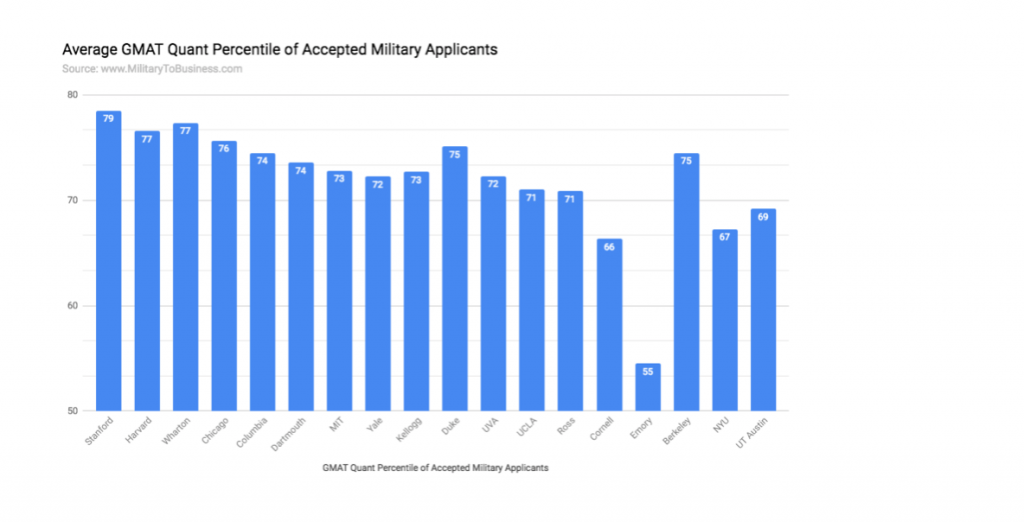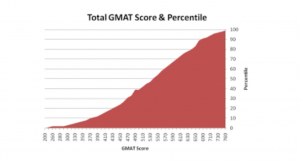GMAT is a standardised test written by people from all around the world. The scores are used to gain entry to graduate programs such as an MBA. Many colleges consider GMAT scores for admission, and many people use this exam as an opportunity to improve their resume when applying to universities outside India. Read on to know more about the test details, syllabus, dates and how to prepare.
It is a prestigious matter to gain admission into universities like Stanford, USC Berkeley, Harvard, and as a result, the competition is high.
One way to improve your resume is by including scores from the Graduate Management Admission Test (GMAT). GMAT is administered by the Graduate Management Admission Council year-round in about 114 countries. This is a standardised, computer-based test. It tests 4 areas, namely Analytical Writing, Verbal Reasoning, Quantitative Reasoning, and Integrated Reasoning.
REGISTRATION:
Candidates can register at mba.com, and the registration fees is USD 250. Students can also call test centres to learn more about the offline registration process.
QUALIFICATION:
Anybody who is interested in Graduate programs may apply. However, you must know English because you can only write the paper in English.
PARTICIPATING INSTITUTIONS:
About 2300 business institutions all over the world accept GMAT scores, and also all prestigious Indian colleges like IIMs, ISB, NIT Surathkal, TISS, and Great Lakes Management Institute.
Outside of India, the most noteworthy acceptors are Yale School of Management, UCLA, Imperial College of London, London Business School, UCB, and Harvard Business School.
The number one choice for most candidates for Master of Finance or MBA programs is also GMAT.

FORMAT
GMAT is conducted for a total time of 3 hrs 7 mins.
The exam has 4 sections: Verbal, Analytical Writing, Quantitative, and Integrated Reasoning.
Analytical Writing:
Time: 30 minutes.
Number of questions: 1 essay
An argument is provided. You must analyse it in the essay. Two examiners independently score the essay. The final score will be the average of the two. In case of a score difference of more than 1 point, another examiner scores the essay.
Scoring: Graded from 0-6 with a 0.5 interval. 0 scores indicate that the essay is completely off-topic.
Integrated Reasoning:
Time: 30 minutes
Number of questions: 12
Integrated reasoning is a section that tests how candidates process different types of information. This section asks the reader to make predictions based on the data.
Scoring: Graded from 1 to 8, also with a procedure similar to Analytical Writing.
NOTE: Scores obtained in Analytical Writing and Integrated reasoning do not count to the final GMAT score.
Quantitative reasoning:
Time taken: 62 minutes
Number of questions: 31
These are regular mathematical problems that could be of arithmetic, geometry, or algebra. You are also not allowed to use calculators. Data sufficiency problems, as well as problem solving questions, appear in this section.
Scoring: 0 to 60
Verbal reasoning:
Time taken: 65 minutes
Number of questions: 36
This section may include sentence correction, critical reasoning, and reading comprehension.
Scoring: 0 to 60
NOTE:
- The verbal and quantitative sections of GMAT are computer adaptive. A candidate’s responses also decide the level of the next few exam questions. The more consistently they answer correctly, the harder are the questions.
- Both the above-mentioned sections are multiple choice.
SCORING:
Total scores for GMAT are usually between 800 and 200.
Candidates can view their score immediately after their exam on the screen. The candidate also has 2 minutes to decide whether to cancel the score or not.
Scores are valid for 5 years.
One can cancel scores upto 72 hours after the exam. You can also reinstate cancelled scorers by paying USD 50. These scores will then be valid for 4 years and 11 months after the exam.
Here is a graph showing the score distribution:

IMPORTANT DATES:
GMAT is held year-round, and aspirants can take it up multiple times in a year (upto 5 times within 12 consecutive months). Aspirants cannot, however, take the exam more than twice within a period of 16 days.
You cannot take the exam more than 8 times totally, including cancelled scores.
HOW TO PREPARE:
The syllabus and material are provided on mba.com. This exam is so competitive, that many people are not able to study for it by themselves. They hence turn to online educational platforms.
One such wonderful platform is Edureify, which provides material on each topic, mock exams, and also tuition GMAT aspirants. Edureify provides a topic-wise set of questions that are specific to the GMAT.
The platform also has a dedicated set of teachers who specialise in English. They can furthermore tutor you on request. With over 650000 questions per topic and teachers with over 7 years of experience in the education industry, Edureify challenges you while also helping you find the answers in your own time. This is a very convenient option as compared to heading to a coaching centre after a long day of college at odd timings.
Edureify designs solving sets in levels of increasing difficulty so as to test your preparation. This is helpful in the computer-adaptive tests. In addition to this, there are also HOTs quizzes.
With hard work, and a little help, you can get the perfect GMAT score. To know more, visit edureify.com.
Best of luck!
Master Your Coding Skills with BootSelf AI
If you're looking to enhance your coding abilities and upskill in artificial intelligence, look no further than the BootSelf AI app. This innovative platform provides AI-based coding lessons that are tailored to your individual learning pace.
Available on both iOS and Android, you can download the BootSelf AI app and start mastering coding skills today:




